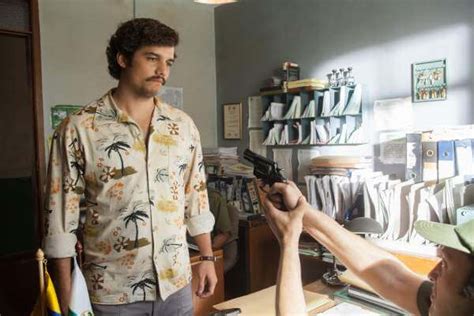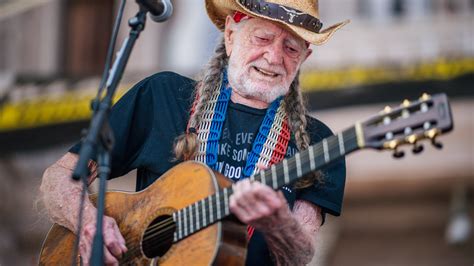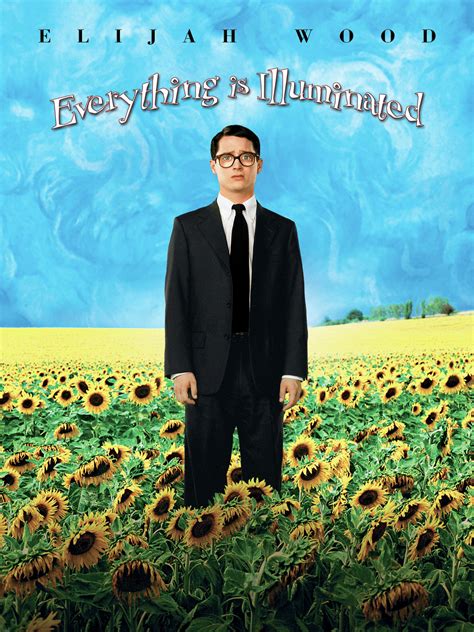The gripping world of Narcos, a Netflix series that delved into the darker aspects of the drug trade, shedding light on the lives of notorious figures like Pablo Escobar and the Medellín cartel. As captivating as the show was, there’s more to the story than what met the eye. Let’s dive into some of the lesser-known secrets and anecdotes from behind the scenes and the real-life events that inspired the series.
1. The Real-Life Inspiration for Pablo Escobar’s Character
Pablo Escobar, played by Wagner Moura, was not just a character; he was based on a man who once controlled a vast portion of the global cocaine market. What’s less known is how Escobar’s rise to power was partly due to his clever manipulation of the media and his charisma, traits that the show meticulously portrayed. The real Escobar was known for his Robin Hood-like persona in Colombia, where he would give back to the community, albeit with blood-stained money.
2. The Challenges of Filming in Colombia
Filming a series about the drug cartel in the country where the real events took place came with its set of challenges. The production team faced difficulties ranging from finding the right locations to dealing with the security concerns in a country still grappling with the legacy of Escobar’s cartel. Interestingly, some scenes were filmed in the actual locations where the historical events occurred, adding a layer of authenticity to the series.
3. Historical Accuracy vs. Creative Freedom
One of the most striking aspects of Narcos is its balance between historical accuracy and creative freedom. The show’s creators worked closely with individuals who were directly affected by the cartel’s actions, including the family of DEA agent Steve Murphy, upon whose book the series is partially based. However, to keep the narrative engaging, some characters were composites or had their stories altered for dramatic effect, highlighting the delicate balance between truth and storytelling.
4. The Impact of Narcos on Tourism in Colombia
Narcos inadvertently played a role in changing the global perception of Colombia. Despite depicting a violent and tumultuous period in the country’s history, the series showcased the beauty of Colombia and sparked a renewed interest in its culture and landscapes. Tourism in Medellín, in particular, saw an increase, with visitors flocking to see the city’s transformation and the sites associated with Pablo Escobar’s life.
5. The Fate of Pablo Escobar’s Family
After Escobar’s death, his family, including his wife, Tata, and children, Juan Pablo and Manuela, faced significant challenges. They were hounded by media, had their assets seized, and struggled to lead normal lives. The series touches upon this but doesn’t delve deeply into their post-Escobar lives. What’s less known is how they’ve attempted to rebuild their lives, with Juan Pablo, for example, writing a book about his father and speaking publicly about the need for forgiveness and moving forward.
6. Narcos and Its Cultural Impact
Narcos has had a profound cultural impact, not just in Colombia but globally. It sparked conversations about the drug war, the rise and fall of cartels, and the socio-economic factors that contribute to drug trafficking. Moreover, it influenced fashion, with Escobar’s style, particularly his liefestyle and mannerisms, becoming a subject of fascination. The show also brought to the forefront the complex issue of drug legalization and the failures of the war on drugs.
7. Behind the Scenes: Casting and Character Development
The casting process for Narcos was meticulous, with actors undergoing extensive training to portray their characters accurately. Wagner Moura, for instance, spent months perfecting his Spanish and gaining weight to physically resemble Escobar. The attention to detail in character development was crucial, ensuring that each character, from Escobar to the DEA agents, was multidimensional and relatable.
8. The Security Measures for the Cast and Crew
Given the sensitive nature of the content and the locations, the production team and cast underwent rigorous security protocols. Actors playing DEA agents or characters who were part of the cartel’s opposition received special protection, highlighting the real-life risks associated with telling this story.
9. Narcos: Mexico and Its Success
The success of Narcos led to the creation of Narcos: Mexico, which shifted the focus to the Guadalajara cartel and the rise of Joaquín “El Chapo” Guzmán. This series further explored the drug trade’s complexities and the evolution of cartels over time. It received critical acclaim for its portrayal of the interplay between drug lords, politicians, and law enforcement in Mexico.
10. The Legacy of Narcos
Narcos leaves a lasting legacy in the world of television, marking a turning point in how drug trafficking and the drug war are portrayed in media. It humanized figures often seen as one-dimensional, sparked important conversations, and served as a reminder of the devastating impact of the drug trade on communities worldwide. The series also paved the way for more nuanced storytelling about complex global issues, setting a high standard for future productions.
What were some of the challenges faced by the Narcos production team during filming?
+The production team faced challenges such as finding the right locations, dealing with security concerns, and balancing historical accuracy with creative freedom.
How did the series impact tourism in Colombia?
+Narcos contributed to an increase in tourism in Colombia, particularly in Medellín, as viewers became interested in seeing the city's transformation and the sites associated with Pablo Escobar's life.
What was the cultural impact of Narcos?
+Narcos had a profound cultural impact, influencing fashion, sparking conversations about the drug war, and affecting how drug trafficking and its protagonists are perceived and portrayed in media.
In conclusion, Narcos is more than just a series about the drug trade; it’s a complex exploration of human nature, power, and the consequences of actions that transcend borders. The stories, both on and off the screen, offer valuable insights into one of the most tumultuous periods in recent history, leaving viewers with a deeper understanding of the intricate web of the drug trade and its far-reaching impacts.



